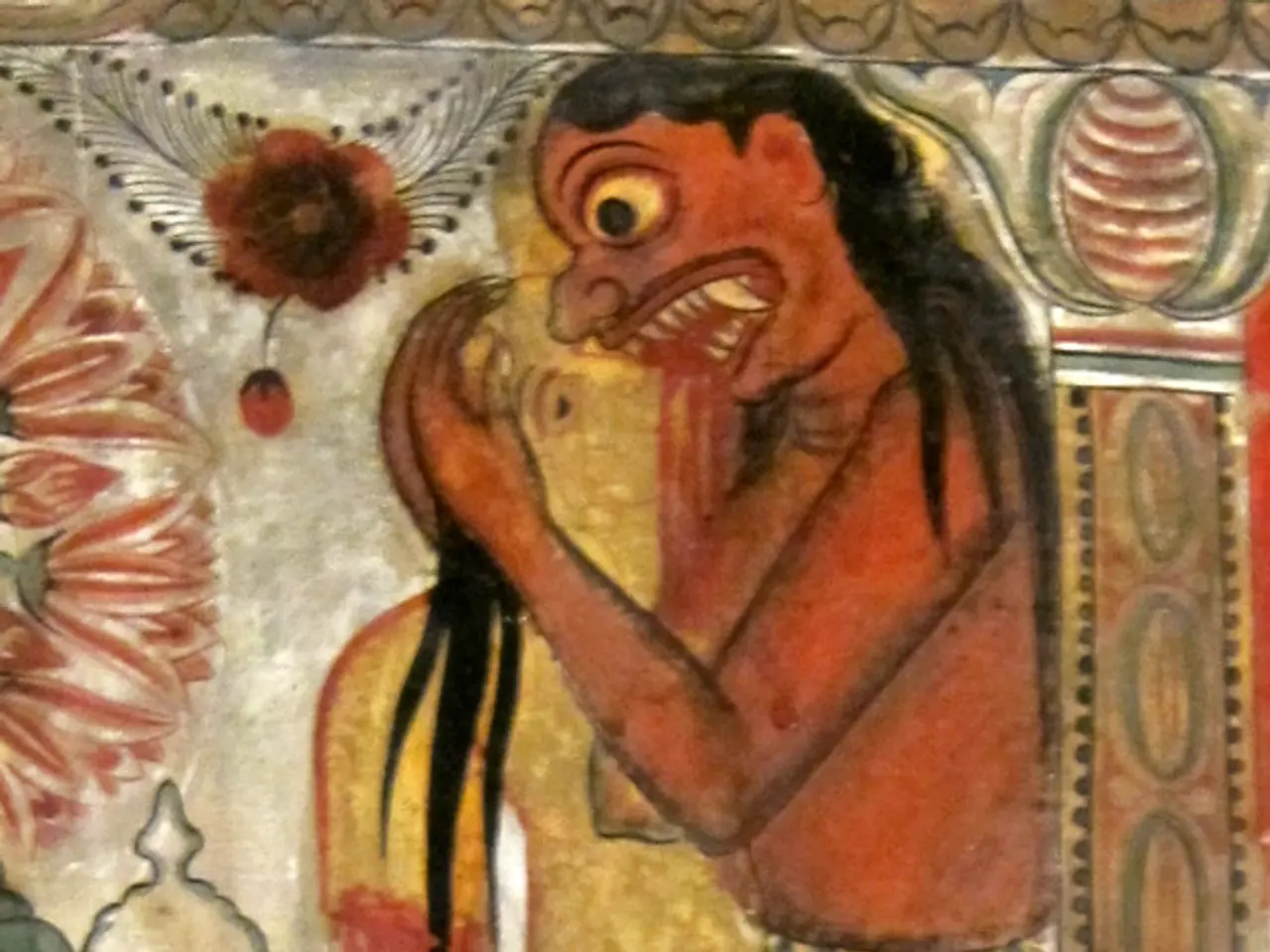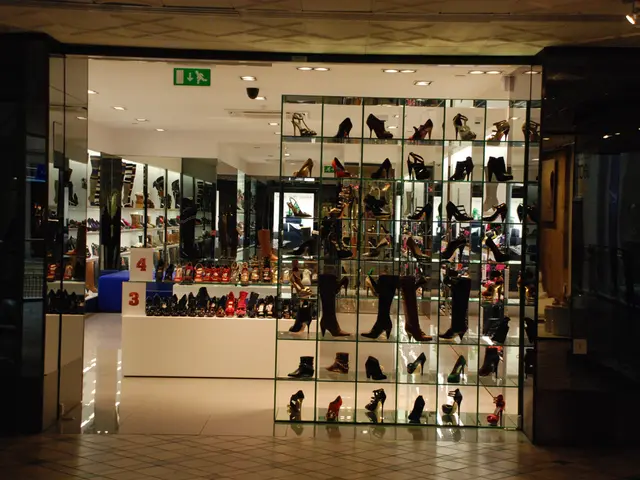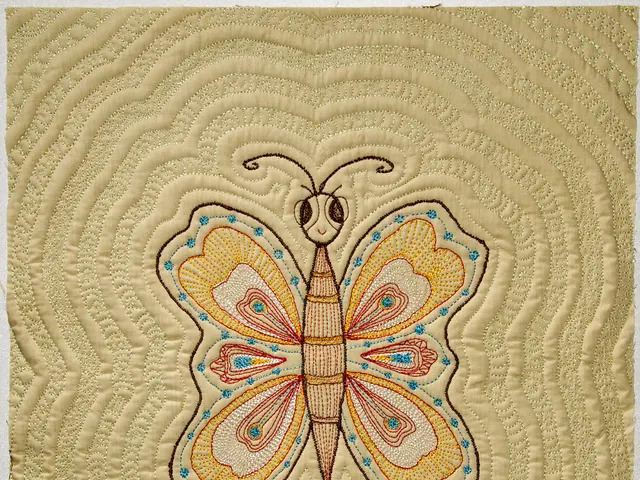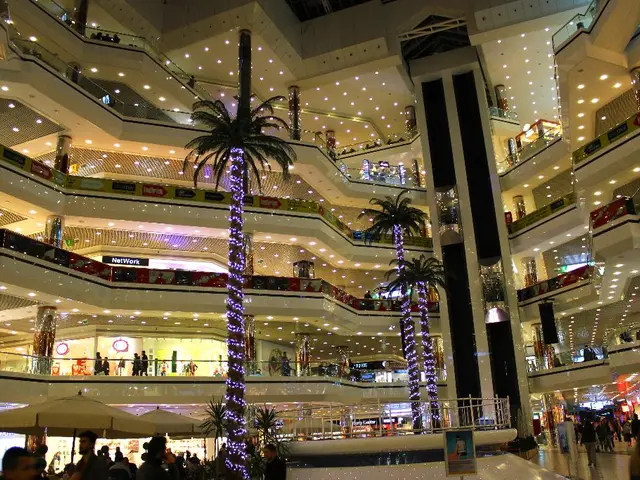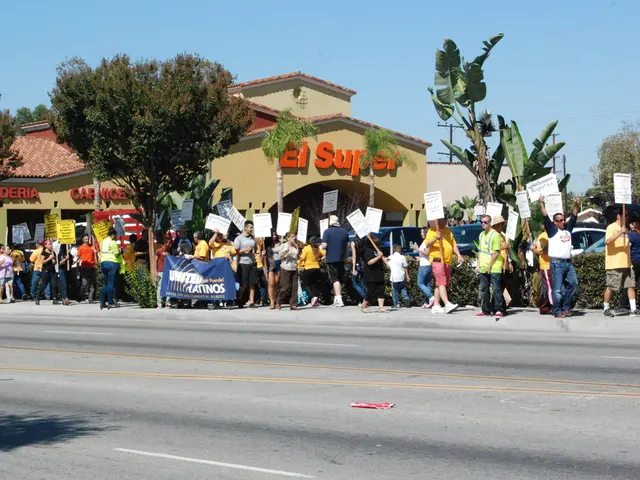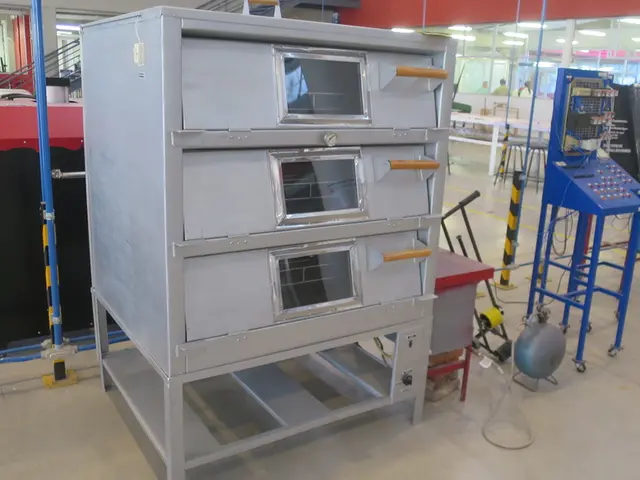Top Strategies for Integrating Images in Digital User Interfaces
Hero images, large-screen images overlaid with text and navigation options, have become a popular technique for creating captivating homepages. They provide a striking visual impact that can set the tone for a website's overall aesthetic.
One example of this can be seen in the design studio Legwork. Rather than using stock images, they opted for authentic, personal photography to convey their unique personality. By showcasing high-quality, genuine visuals, Legwork aims to build trust with their audience and showcase their brand's individuality.
Black and white images, such as those used by Goltz Group, offer an inherent sense of sophistication and professionalism. This monochrome palette can be a powerful tool for brands seeking to project a polished, timeless image.
Photo manipulation is another technique that can be used to modify photographs and better fit a brand's aesthetic. Common editing techniques include resizing individual elements, colour overlays, inserting/deleting objects, and applying photo effects.
The human eye, being a sight-based creature, processes visual data much better than other input methods. This makes the use of high-quality images even more crucial in web design.
Several websites employ collages of smaller images to showcase multiple products and their use cases. This approach, while almost as popular as full-screen images, offers a more diverse and detailed view of a brand's offerings.
Custom typography, when paired with custom photos, can create a long-term identity that's hard to replicate. This combination can be seen in the work of Metaverse Mod Squad, who take custom typography to the next level by stylizing their vehicle and rider with their logo and using a decorative typeface for their headline.
The application of colour overlays can accentuate images, differentiate them from user interface elements, and make header text more visible while retaining the richness of a colour background. This technique is used effectively by Knuckles Industries, who also employ a vintage visual treatment to immerse users in the era of old-world craftsmanship and industrial muscle.
The rich tinted background photo in Knuckles Industries' design draws the eye to the bold headlines, which are more impactful thanks to their mix of colours and alternation between decorative and straightforward typefaces.
Showing items in their actual environments can boost conversion rates, as demonstrated by Fino Par in the food industry. This approach allows potential customers to visualize the products in a real-world setting, making it easier for them to imagine using the products themselves.
A stellar photograph can also set the right tone for a user experience, as demonstrated by Cookiesound's travel blog. A well-chosen image can capture the essence of a destination and create an immediate emotional connection with the viewer.
When using hero images, it's important to consider factors such as typography, the position of text, ghost buttons, and responsive design to ensure that the image and accompanying text work together effectively.
In conclusion, the use of hero images and custom photography in web design can significantly enhance a website's visual appeal, brand identity, and user experience. By carefully selecting and manipulating images, and pairing them with effective typography and design elements, web designers can create captivating and memorable online experiences.
Read also:
- Energy Efficiency in Housing: Implementing Gender-Targeted Strategies for a Sustainable Future (Part 2)
- China'sBillionaireWhiz-Kid in Marketing, Wang Ning
- Luxury Drinkware Gaining Popularity in UAE's Business Gift Exchanges
- Home-Based Business Opportunities for Mothers: Unleashing Earning Potential within Domestic Spaces
